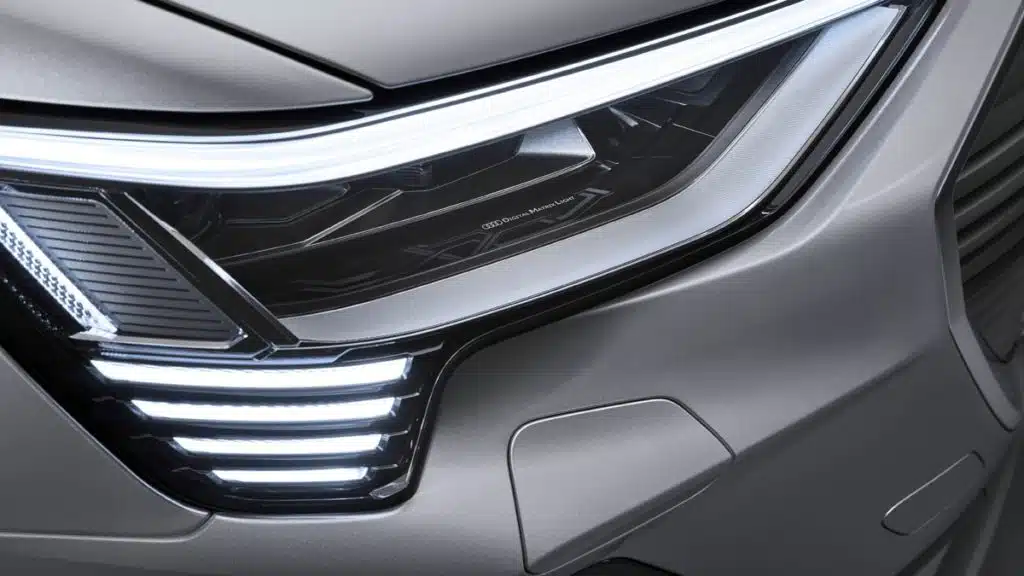I'm genuinely curious now. How did my 2005 Mercedes have them? I know for a fact they had them. When I'd turn my lights on when facing my garage I could watch them swivel up, swivel down then go back to center all in about 1-2 seconds. One of them went out and it was $2000 to have the housing replaced.
My last truck and my current truck have auto high beams. And that is not what my Mercedes did. I could see the projector inside the housing move.
I think you are confusing adaptive headlights with bending and autoleveling headlights. They are not the same thing.
There are several levels of automated headlights. (In order they first hit the market)
1.) Autoleveling headlights
These just went up and down to adjust for the loading of the car so you didn't blind oncoming traffic if you had something heavy in the trunk. Not sure when they first hit the market. 90's maybe?
2.) Bending headlights. (ABL)
These turn left and right with the the steering wheel in order to better illuminate the road ahead. These are almost always combined with #1 above. These were actually first used in the 50's Tucker car, but after that the idea was seemingly forgotten about, and no one used them again until the early to mid 2000's. My 2009 Volvo S80 had these. This is probably what your Mercedes had.
3.) Auto high-beams
This was a convenience feature in some luxury cars that simply used a light sensor to automatically turn on high beams on dark lonely roads, and then automatically turn them off when it detected oncoming traffic. These could be applied with or without #1 and #2 above.
4.) Adaptive Headlights (also referred as Matrix Headlights)
This is what the article is talking about, and what has been around for years in Europe, but the NHTSA just approved for the U.S. This is completely different and new, and replaces all three functions above, and does more.
With this system you are essentially driving with full high beams all the time, but the system shapes the light pattern to avoid blinding anyone else on the road. There are a few different ways of accomplishing it, but usually there are a matrixed series LED bulbs inside the headlight, and sometimes a motorized moving shield similar to what is used in bi-xenons to switch between high beams and low beams, but with much more motion capability in order to create specific light shapes to meet the road conditions ahead.
These are hooked into and controlled by the cars autonomous driving computer. The cameras and radars in that system are utilized to locate things you shouldn't be blinding on the road ahead, and then provide full high beams to everything except the exact spot where the vehicles ahead that could be blinded are located.
Watch these videos. They explain the tech (as applied in Volvo's) better than I can describe it.
And for good measure, here is also a BMW one: (this one probably best illustrates the concept)
(the relevant part starts at 1:17, but for whatever reason the link doesn't seem to work with the 1:17 starting time, so you'll have to do that yourself)
I guarantee you did not have this in your 2005 Mercedes.
My current Volvo S90 has it in Europe, but here they were limited to 1+2+3 above, until NHTSA approved the latest tech, so that is what I have. It would be really cool if you can retrofit it, but I am not counting on it. Automakers rarely make that possible.

